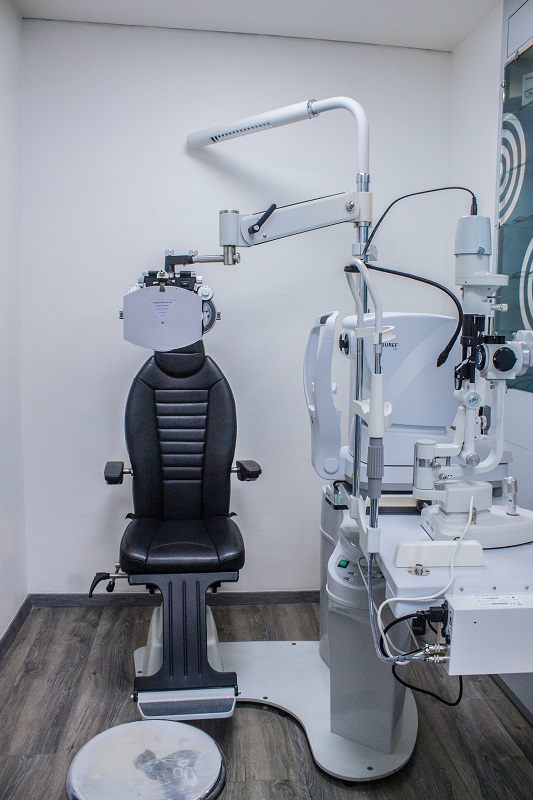As summer draws to a close, many of us are preparing for the new school year. As you check off school supplies and other back-to-school necessities, be sure to schedule your child’s annual vision exam. August is Children’s Eye Health and Safety Awareness month and during this time, we encourage parents and caregivers to arm […]
Back-To-School Eye Exams












